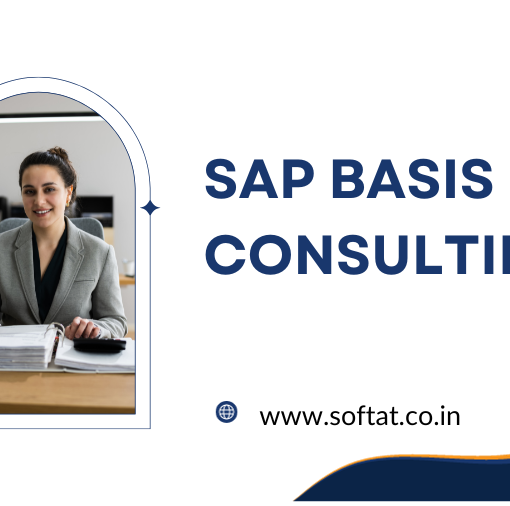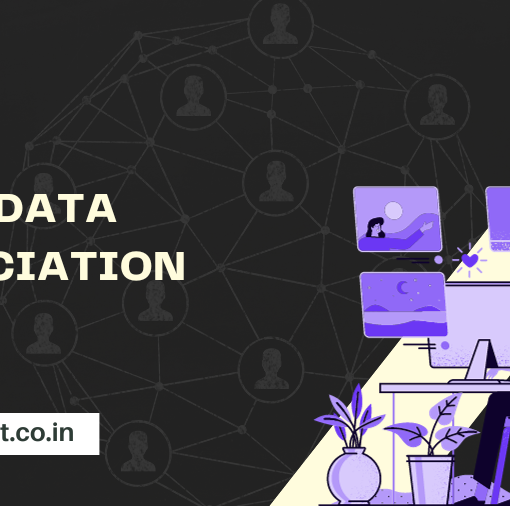In the intricate landscape of enterprise software, where data reigns supreme and efficiency dances to the tune of automation, SAP applications emerge as powerful orchestrators of complex business processes. But like any masterful performance, their success hinges on usability: can users navigate the features, interact with data, and achieve their goals with ease and satisfaction? Enter SAP usability testing, a crucial backstage practice that illuminates the user’s journey, ensuring every click resonates with purpose and every interface hums with intuitive harmony. So, grab your digital tools, unlock your user-centric empathy, and prepare to embark on a journey where pixels transform into pathways and data becomes a story waiting to be experienced.

Laying the Foundation: Building a Shared Understanding
Before dissecting the intricacies of SAP usability testing, let’s establish a firm foundation:
- Usability: The ease of use and user satisfaction of a software application. Imagine it as the smoothness of a stage floor, ensuring actors can move with agility and grace, captivating the audience without stumbling or confusion.
- User Interface (UI): The visual elements and interactive components users engage with in an application. Imagine it as the set design, lighting, and props, creating an immersive environment that guides the actors’ storytelling and engages the audience.
- User Experience (UX): The overall experience users have when interacting with an application, encompassing usability, accessibility, and emotional response. Imagine it as the entire theatrical production, from ticket purchase to curtain call, leaving a lasting impression on the audience that goes beyond the individual scenes.
- SAP Applications: Enterprise software solutions for managing business processes like finance, human resources, supply chain, and customer relationship management. Imagine it as a complex play with interconnected scenes, demanding intricate choreography and seamless transitions to tell a compelling story of business efficiency.
The Spectrum of SAP Usability Testing: Illuminating the User’s Path
SAP usability testing encompasses diverse approaches:
- Heuristic Evaluations: Experts analyze the UI against established usability principles, identifying potential issues and suggesting improvements. Imagine experienced stage directors identifying inconsistencies in set design, lighting flaws, or awkward prop placements that could disrupt the flow of the play.
- User Testing: Users interact with the SAP application while researchers observe and record their actions, thoughts, and feedback. Imagine inviting audience members to participate in rehearsals, observing their reactions to specific scenes, and collecting their comments on confusing set elements or awkward dialogue.
- Eye Tracking: Specialized software tracks users’ eye movements as they interact with the UI, revealing areas of focus and potential attention fatigue. Imagine placing tiny cameras on the actors’ heads, witnessing where their gaze falls naturally on the stage and identifying moments where their attention wanders or gets fixated on distracting elements.
- Surveys and Questionnaires: Users answer questions about their experience with the SAP application, providing quantitative and qualitative data on usability and satisfaction. Imagine handing out audience questionnaires after the performance, gathering feedback on specific scenes, character portrayals, and overall emotional impact.
Navigating the Maze: Choosing the Right Tools for the Job
Understanding the strengths and limitations of each approach empowers you to choose the best fit for your needs:
- Heuristic Evaluations: Fast and cost-effective, suitable for identifying major usability issues early in the development process, but limited in uncovering deeper user problems. Imagine a quick backstage inspection before rehearsals, spotting glaring set design flaws or prop malfunctions, but potentially missing subtler issues that emerge during actual performance.
- User Testing: Provides rich insights into user behavior and thought processes, but can be time-consuming and resource-intensive. Imagine inviting a select group of audience members to a dress rehearsal, observing their reactions to specific scenes, and gathering detailed feedback on their understanding of the play’s narrative and emotional resonance.
- Eye Tracking: Offers valuable data on visual attention patterns, but requires specialized equipment and expertise to interpret results accurately. Imagine using heat maps to see where the audience’s gaze gravitates naturally on the stage, identifying areas of confusion or visual overload, but needing experienced directors to analyze the data and translate it into actionable insights.
- Surveys and Questionnaires: Efficient for gathering large samples of data, but prone to bias and limited in understanding the “why” behind user responses. Imagine conducting post-performance surveys to gauge overall audience satisfaction, but needing follow-up discussions with specific audience members to understand the reasons behind their positive or negative reactions to particular scenes or characters.
Real-World Stages: Witnessing SAP Usability Testing in Action
Let’s see how diverse industries leverage SAP usability testing:
Real-World Stages: Witnessing SAP Usability Testing in Action (Continued)
- Manufacturing: A manufacturing company conducts user testing with warehouse workers on a new SAP inventory management system, observing their workflow, identifying pain points in data entry and order picking interfaces, and implementing improvements based on their feedback. Imagine inviting factory floor workers to a mock production run, observing their interaction with the digital tools, identifying bottlenecks in the information flow, and refining the stage design (UI) to ensure seamless navigation and optimal efficiency.
- Retail: A retail chain conducts heuristic evaluations on a new SAP customer relationship management (CRM) system, identifying inconsistencies in user interface labels, confusing navigation paths, and cluttered data dashboards. Imagine experienced marketing directors analyzing the digital set design, pointing out confusing signage, tangled pathways, and overwhelming visual clutter that could disorient customers and hinder their shopping experience.
- Finance: A bank conducts eye-tracking tests with loan officers on a new SAP loan application system, revealing that users spend too much time searching for specific information fields and get easily distracted by irrelevant visual elements. Imagine using heat maps to visualize the officers’ gaze patterns on the digital documents, identifying hidden visual roadblocks and cluttered sections that impede their workflow and slow down the loan approval process.
- Healthcare: A hospital conducts surveys and questionnaires with nurses and doctors on a new SAP patient information system, collecting quantitative data on ease of use, satisfaction with data access, and potential areas for improvement. Imagine distributing feedback forms to medical staff after their interactions with the digital patient charts, gathering their opinions on the visual presentation of information, the intuitive nature of data navigation, and potential anxiety-inducing elements that could impact patient care.
The Symphony of User-Centric Design: Mastering the Music of Usability Testing
Effective SAP usability testing requires a conductor’s touch:
- Define Clear Goals: Identify the specific usability aspects you want to assess and align them with your overall business objectives. Imagine setting a clear direction for the rehearsal, identifying specific scenes or props you want to refine, and ensuring the feedback aligns with the play’s intended message.
- Recruit the Right Participants: Select users who represent your target audience and possess the necessary skills and experience to provide valuable feedback. Imagine casting actors who embody the characteristics of your ideal audience members, ensuring their reactions and suggestions accurately reflect the real-world user experience.
- Create a Positive Testing Environment: Put users at ease, foster open communication, and ensure they feel comfortable expressing their thoughts and experiences freely. Imagine transforming the backstage into a welcoming space, ensuring actors feel safe to experiment, express concerns, and collaborate on refining the performance.
- Analyze Data Effectively: Don’t just collect data; interpret it meaningfully and translate insights into actionable design improvements. Imagine the director carefully reviewing rehearsal footage, identifying recurring mistakes, and translating those observations into concrete tweaks to the stage design, prop placement, or actors’ performances.
A Call to Action: Orchestrating a Stage of User Delight
Mastering SAP usability testing empowers you to:
- Boost User Adoption: Design SAP applications that are intuitive, efficient, and enjoyable to use, leading to faster adoption and increased productivity. Imagine crafting a captivating performance where actors move with ease, props enhance the narrative, and the audience is effortlessly drawn into the story, eager to engage and participate.
- Minimize Training Costs: Develop interfaces that require minimal training, reducing onboarding time and associated expenses. Imagine simplifying the set design and instructions, allowing actors to grasp their roles quickly and focus on delivering a stellar performance.
- Improve Business Performance: Optimize SAP applications to support optimal workflows, reduce errors, and improve data accuracy, leading to better business outcomes. Imagine refining the stage machinery and props, minimizing technical hiccups, and ensuring the play flows seamlessly, ultimately enhancing the box office revenue and audience satisfaction.
- Enhance Brand Reputation: Deliver exceptional user experiences with SAP applications that showcase your commitment to user-centricity and innovation, strengthening your brand image and customer loyalty. Imagine creating a truly memorable performance that resonates with the audience, leaving a lasting positive impression and building a loyal fanbase for your digital brand.
Join the movement, embrace the power of SAP usability testing, and embark on a journey to transform your SAP applications into captivating experiences that resonate with users, boost your business success, and leave a lasting impression on the digital stage.
You may be interested in:
UI5 Automation Arsenal: A Deep Dive into Testing Tools for Flawless Apps




